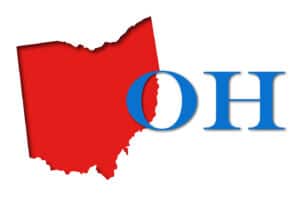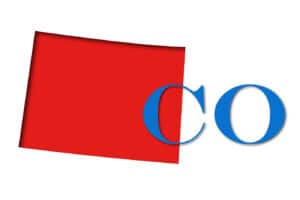The National Housing Trust (NHT) released a 2020 update to its 2017 State Strategies to Increase Energy and Water Efficiency in Low Income Housing Tax Credit Properties, which reviewed hundreds of state Housing Finance Agency (HFA) documents, including QAPs, LIHTC applications, Design and Construction Guidelines and other documents, to identify the ten most prominent strategies in use by HFAs to advance water and energy efficiency.
Third-party building standards, like Enterprise Green Communities, LEED or EarthCraft continue to be the most widely adopted method to improve the energy and water efficiency, and health of LIHTC Properties. Thirty-eight HFAs require or incentivize these standards, up from 33 in 2017.
Another encouraging trend is coordination with utility-sponsored, state and federal energy efficiency programs. Coordination between HFAs and utilities can make it possible for LIHTC applicants to invest in deeper energy efficiency upgrades by incorporating utility incentives and rebates into the property’s capital stack and stretching housing resources further. In 2020, 17 states required or incentivized coordination with utilities, up from 12 in 2017, and 11 have processes to evaluate and incorporate utility incentives into financing.



